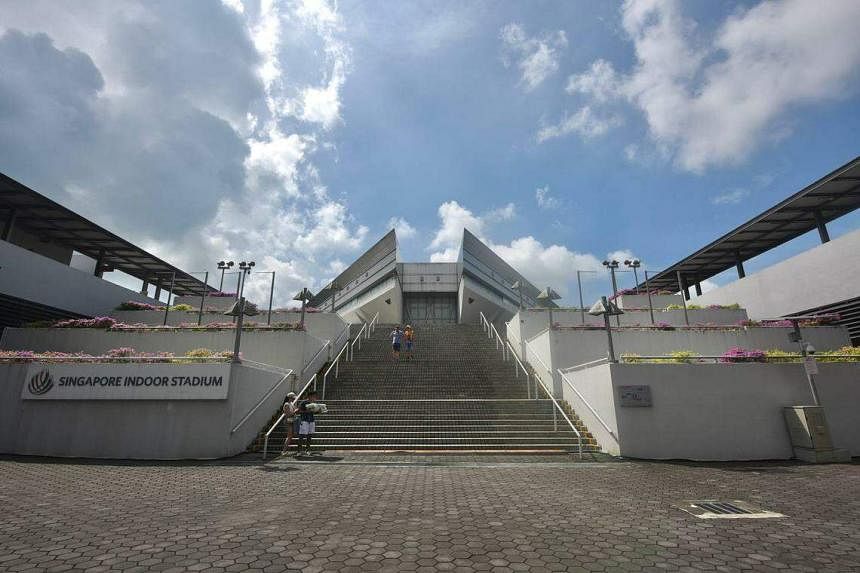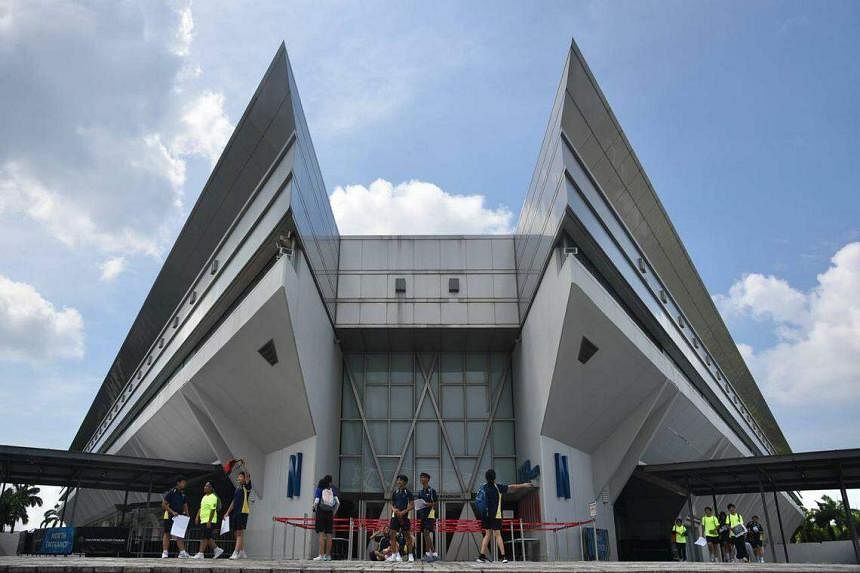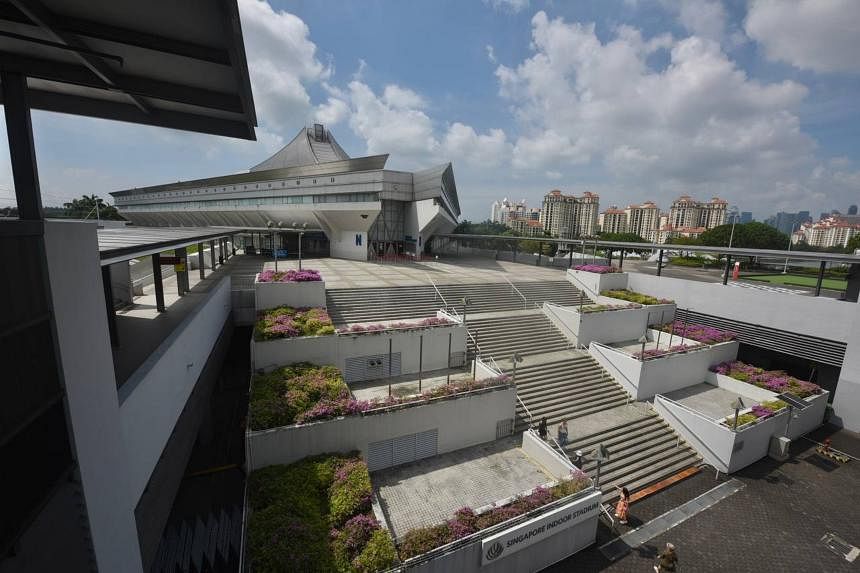SINGAPORE – The Kallang Alive precinct is poised for an exciting addition with the construction of a new indoor arena that will replace the iconic Singapore Indoor Stadium (SIS), which has stood for more than three decades.
The plan for a new facility was unveiled by Minister for Culture, Community and Youth Edwin Tong during the parliamentary debate on his ministry’s budget on March 7.
Noting that it will be among the “best in class globally”, Mr Tong said the arena will be built adjacent to the current SIS site.
The 12,000-seater indoor stadium will continue to operate until the new indoor arena is up, to minimise disruption to the pipeline of events and programming, which can continue throughout the construction period of the new arena.
As planning is in the early stages, there is no timeline for when construction will begin. More details – including the fate of the existing indoor stadium – will be provided later.
Pointing out that the new arena should have at least the same capacity as the SIS and be “future-proofed”, Mr Tong added: “The hosting of high-quality international events is valuable, and also highly sought after. Our competitors are not standing still and we, likewise, must continue to innovate and evolve if we want to continue to attract top-tier events.
“We believe that it is now an opportune time to develop a new indoor arena that will be among the best in class globally. We have gone around to study some of the best arenas in the world, to learn from them.”
The Government, he added, is considering an arena that can host more sophisticated events, can flexibly accommodate different types of events and have a faster turnaround time, as well as offer greater value to spectators with more varied hospitality suites, and better seating and overall experience.
Designed by internationally acclaimed Japanese architect Kenzo Tange, the $90 million indoor stadium was officially opened in December 1989 by then Prime Minister Lee Kuan Yew. The 54,178 sq m stadium can hold up to 12,000 spectators and has hosted a wide variety of entertainment and sports events, including the inaugural Youth Olympic Games (2010), the Women’s Tennis Association Finals (2014 to 2018), and the badminton Singapore Open.
On the entertainment front, Taylor Swift, Ed Sheeran and Britney Spears have performed there, and more recently, Mandopop king Jacky Cheung held a record 11 shows in July and August 2023.
Singapore Badminton Association chief executive Alan Ow said: “While I must acknowledge the nostalgia and fond memories associated with the closing of the SIS... embracing the prospect of a new indoor arena is undeniably intriguing.
“This presents an opportunity to enhance our facilities... The inclusion of the latest technology in the new arena can significantly improve the overall fan experience, especially considering that the current stadium was not purpose-built to host international sporting events.”

Basketball Association of Singapore chief executive Leon Neo said: “We are very excited about this news, and we think that this is a right move by the Government to recognise that we do not have many options for indoor competition venues in Singapore to host high-level competitions. It is encouraging that the Government is progressively addressing (this).”
Architectural photographer and researcher Darren Soh said he hopes the authorities will not tear down but instead repurpose the existing indoor stadium, “not just because it is one of Singapore’s most elegant buildings but also because of all that it stands for in our nation’s history”.
He noted that the stadium was the direct result of a close relationship between the late Mr Lee and Professor Tange, who was in 1970 invited by the former to visit Singapore and subsequently asked by the Government to help master-plan and design the second phase of the Kallang Sports Complex, which included the indoor stadium.
Mr Soh said Singapore was in a post-independence recession in 1985 when plans to build the stadium were announced. Its construction created jobs in the building industry and pioneered building techniques here, allowing local firms to learn from Professor Tange and engineer Mamoru Kawaguchi.
Besides hosting numerous high-profile sporting events and entertainment acts, said Mr Soh, the stadium was also the venue for the SilkAir MI185 air-crash memorial service in 1997, one of the darkest times in Singapore’s aviation history.
Since assuming control of the Singapore Sports Hub in December 2022, the authorities have been actively reviewing the Kallang Alive project – which includes the new arena – to make it an integrated ecosystem. Aside from hosting world-class events, it will allow national athletes to train and compete; host community, grassroots and school sports; and function as a test bed and breeding ground for sports innovation.

The Kallang precinct will also welcome two new facilities in 2024 – the Kallang Tennis Hub and Football Hub – while new basketball courts and a softball/baseball facility will open at the former Bedok Swimming Complex and in Jurong East, respectively.
Eleven projects have been completed as part of the Sports Facilities Master Plan, including the newly opened Bukit Canberra sports hub and the ActiveSG Sport Village @ Jurong Town. Plans are also in place for new sports facilities in Clementi, Toa Payoh and Punggol.
The Disability Sports Master Plan will also be updated, with recommendations to be announced later in 2024. Twenty thousand people with disabilities have participated in Sport Singapore’s programmes since 2016, and the national governing body is on track to make all ActiveSG gyms inclusive by 2026.
- Additional reporting by Ng Keng Gene


